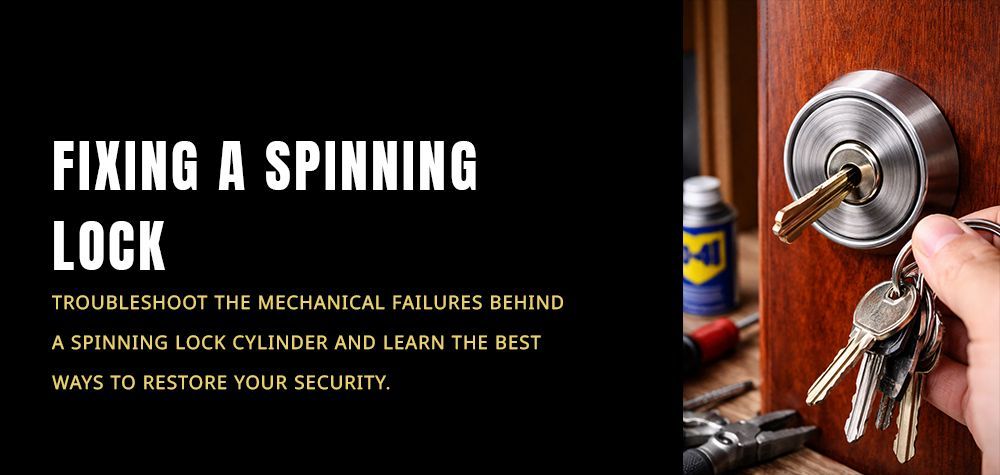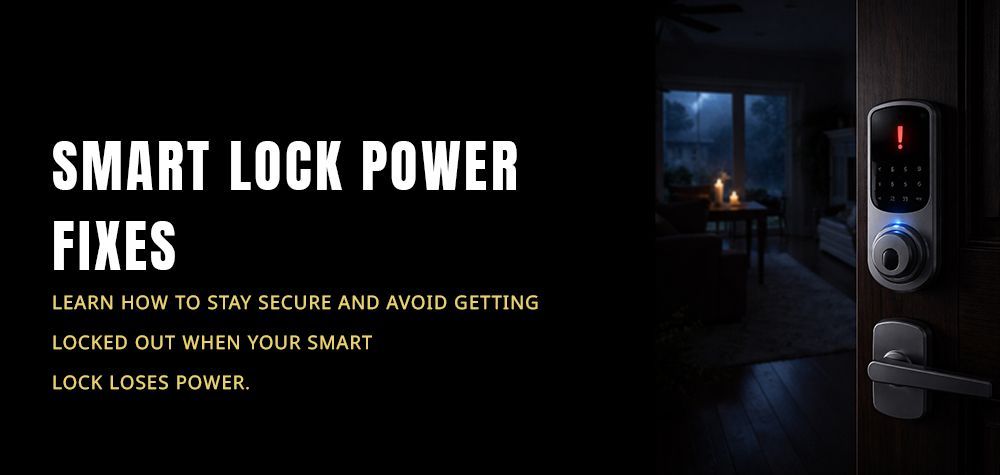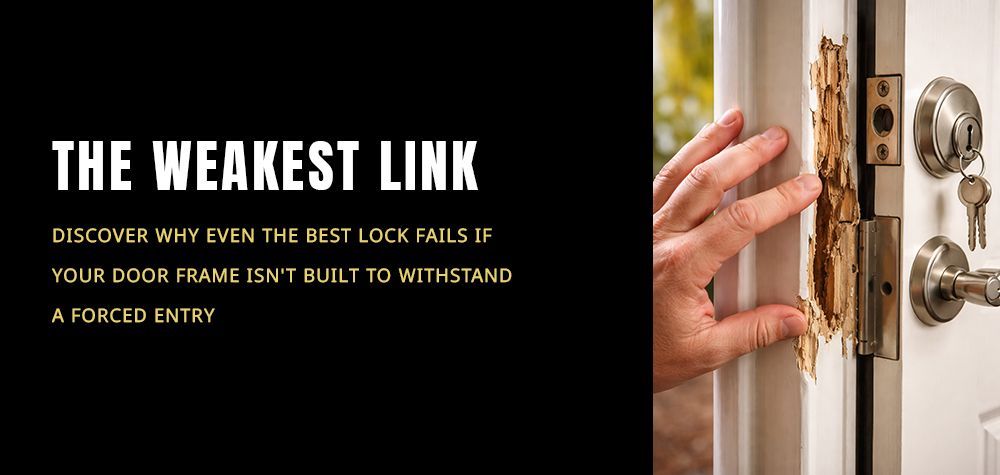How To Prevent Car Break Ins
Car break-ins are a pervasive concern for vehicle owners, posing not only financial losses but also safety risks. Whether parked on the street or in a garage, vehicles are vulnerable to theft and vandalism if adequate precautions aren't taken. Understanding the importance of vehicle security and implementing preventive measures can significantly reduce the likelihood of falling victim to car break-ins.
In urban areas, car break-ins are distressingly common occurrences, often leaving owners grappling with the aftermath of stolen valuables or damaged property. However, even in seemingly safe neighborhoods, opportunistic thieves may target vehicles left unattended. Hence, it's crucial for every car owner to be proactive in safeguarding their vehicle against such risks. This guide will delve into practical strategies to prevent car break-ins, offering insights into securing your vehicle and minimizing the chances of becoming a target for theft or vandalism.
Read more about Why is my car door not opening?
Importance of Vehicle Locking
Ensuring that your vehicle is securely locked is paramount to protecting it from unauthorized access and potential theft. Vehicle locking serves as the first line of defense against intruders, deterring opportunistic thieves and preventing unauthorized entry into the car. Properly locking your vehicle reduces the risk of valuable items being stolen from inside and helps safeguard the vehicle itself from being stolen or tampered with. Additionally, locking your car while driving enhances passenger safety by preventing doors from accidentally opening and passengers from falling out. Overall, the importance of vehicle locking cannot be overstated, as it plays a crucial role in maintaining the security and integrity of your vehicle.
Tips to Prevent Car Break-ins:
- Always lock your vehicle (even while driving)
- Window and Sunroof Security
- Strategic Route Planning
- Park in well-lit areas
- Avoid Leaving a Running Vehicle Unattended
Always lock your vehicle (even while driving)
Locking your vehicle, even while driving, is a simple yet effective precautionary measure to enhance safety and security. While it may seem unnecessary to lock your car doors while in motion, doing so provides an additional layer of protection against potential threats. By keeping the doors locked at all times, you reduce the risk of unauthorized individuals gaining access to the interior of the vehicle, thereby safeguarding yourself and your passengers from potential harm. Additionally, locking the doors while driving can prevent opportunistic thefts at traffic lights or in slow-moving traffic, minimizing the chance of valuables being snatched from inside the vehicle. Overall, making it a habit to always lock your vehicle, regardless of whether it's parked or in motion, helps to mitigate security risks and promotes a safer driving experience for everyone onboard.
Window and Sunroof Security
Ensuring that all windows, including the sunroof, are closed when your vehicle is parked is essential for maintaining security and preventing break-ins. Open windows or sunroofs provide easy access points for intruders to enter the vehicle or reach inside to steal valuables. By keeping these entry points closed and secured, you significantly reduce the likelihood of unauthorized access and theft. Additionally, closed windows and sunroofs help to maintain the integrity of your vehicle's interior, protecting it from damage due to weather elements or potential vandalism. Making it a habit to check and ensure that all windows and the sunroof are fully closed before leaving your vehicle unattended enhances security and provides peace of mind.
Strategic Route Planning
Planning your routes strategically can play a crucial role in preventing car break-ins. By knowing the areas with higher crime rates and avoiding them whenever possible, you reduce the risk of encountering situations where your vehicle might be targeted by thieves. When planning your routes, consider using navigation apps or maps that provide real-time updates on traffic conditions and safety ratings for different areas. Opt for well-traveled roads and avoid secluded or poorly lit areas, especially during late hours. By proactively choosing safer routes, you enhance the security of your vehicle and minimize the likelihood of becoming a target for theft or vandalism.
Read more about How to use a car lockout kit?

Park in well-lit areas
Parking your vehicle in well-lit areas is a simple yet effective way to deter potential thieves and enhance the security of your car. Well-lit parking spaces provide better visibility, making it more difficult for criminals to approach your vehicle unnoticed. Opt for parking spots illuminated by streetlights or parking lot lights, especially during nighttime or in dimly lit areas. Brightly lit parking areas also act as a deterrent, as thieves are less likely to target vehicles that are easily visible to passersby or surveillance cameras. When parking, choose well-lit spots near building entrances, security cameras, or busy pedestrian areas, as these locations offer added security and reduce the risk of unauthorized access to your vehicle.
Avoid Leaving a Running Vehicle Unattended
Leaving your running vehicle unattended, even for a brief moment, poses a significant security risk and increases the likelihood of theft or unauthorized use. Whether you're warming up your car on cold mornings or stepping out momentarily, always turn off the engine and take the keys with you. An unattended running vehicle not only invites opportunistic thieves but also leaves your car vulnerable to potential accidents or damage. Additionally, running vehicles can be tempting targets for carjackers looking for easy opportunities. By avoiding the habit of leaving your running vehicle unattended, you can significantly reduce the risk of theft, enhance your vehicle's security, and promote safety for yourself and others.
Conclusion:
In conclusion, preventing car break-ins requires vigilance, strategic planning, and proactive measures to safeguard your vehicle and belongings. By following simple yet effective practices such as always locking your vehicle, securing windows and sunroofs, planning routes to avoid high-crime areas, parking in well-lit areas, and never leaving a running vehicle unattended, you can significantly reduce the risk of becoming a victim of car theft or burglary. These precautions not only enhance the security of your vehicle but also contribute to your overall safety and peace of mind. By staying aware and taking preventive steps, you can help protect your vehicle and minimize the chances of falling prey to opportunistic criminals.
Call Us Any Time!








